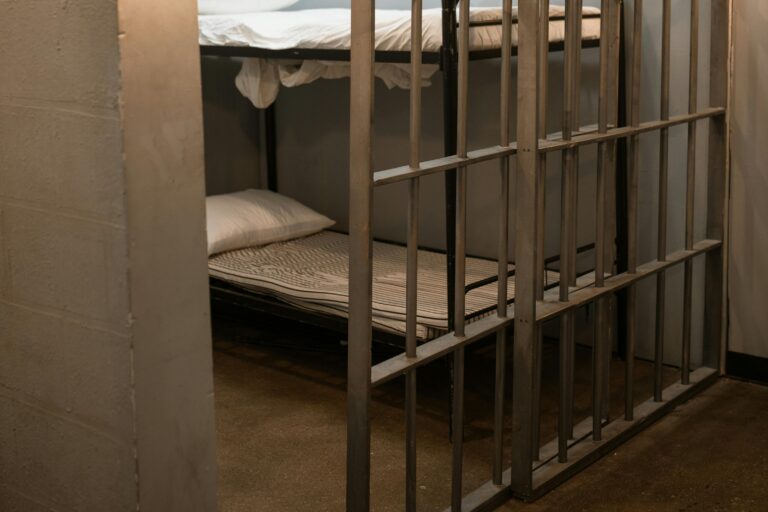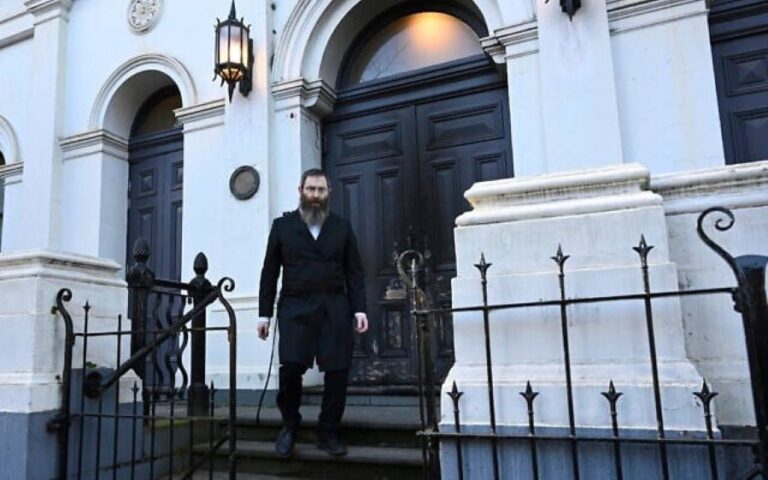 Fourteen years following the disaster, the first rulings are being announced in the civil suit filed by victims of the “Versailles” wedding hall disaster. The Jerusalem District Court announced its formula for payment for 150 of the plaintiffs in the lawsuit.
Fourteen years following the disaster, the first rulings are being announced in the civil suit filed by victims of the “Versailles” wedding hall disaster. The Jerusalem District Court announced its formula for payment for 150 of the plaintiffs in the lawsuit.
The Versailles wedding hall, located in Talpiot Jerusalem, is the site of the worst civil disaster in Israel’s history.
At 22:43 on May 24, 2001, during the wedding of Keren and Assaf Dror, a large portion of the third floor of the four-story building collapsed. As a result, 23 people fell to their deaths through two stories, including the groom’s 80-year-old grandfather and his three-year-old second cousin, the youngest victim. Another 380 were injured, including the bride who suffered serious pelvic injuries that required surgery. Assaf, who escaped serious injury, carried her in his arms from the rubble.
According to the MyNet report, the court had a difficult time determining just how to calculate the trauma and suffering of the victims before the lawsuit was filed. Following the lawsuit the court also considered loss of income, medical expenses and other losses and expenses.
The court decided that anyone that did not sustain physical injuries will receive a minimum of 50,000 NIS in addition to linkage to the US dollar and interest. Anyone left 20% or more disabled will receive 6,000 NIS per percentage point of disability. In Israel, Bituach Leumi rates one’s disability by a system of percentage points. The court ruled that 150 of the 428 persons signed to the lawsuit will collect damages.
Many of the guests attending that chasenah have been continuing their lives while carrying the physical and psychological scars of that horrific event.
Many of the plaintiffs who did not receive a disability rating from Bituach Leumi will receive 75,000 NIS for pain and suffering and loss of an ability to enjoy life. This amount includes interest and linkage to the dollar.
Regarding persons who are classified as ‘disabled’; anyone with up to 10% disability will receive 5,000 NIS per percentage point plus linkage and interest. Up to 20% disability, one will receive 6,000 NIS per percentage point. Each person will also receive 1,000 NIS per day of hospitalization.
Regarding those killed in the disaster, their estates will receive 75,000 plus 10,000 for each year that person’s life expectancy was shortened in accordance with the standard tables used to make such determinations. There will also be payment for burial expenses and 10,000 in interest fees.
The worst case that was brought before the court received 4 million NIS, and the court is expected to complete its final rulings in the coming months. The case was handled by the law firm of Assaf Posner and Associates, which represented most of the plaintiffs.
From the perspective of some or many of the plaintiffs, the long delay in the court’s decision has compelled many to forgo psychological treatment because they simply could not afford it.
Wikipedia;
An investigation of the event concluded that the event was not caused by a terrorist attack. This was based on the testimony provided by many of the wedding guests present in the building during the disaster. Witnesses reported seeing a dangerous sag in the floor moments before the collapse. An initial inquiry blamed the collapse on the Pal-Kal method of constructing light-weight coffered concrete floor systems. Further review pointed to a combination of two alternate causes.
Initially, the side of the building that failed was designed to be a two story structure, while the other side was designed to be three stories. Late in the construction process, it was decided that both sides of the building should be equal heights, and a third story was added to the shorter side. However, the live load due to occupancy is typically much greater than the design load for a roof.
As a result, the structure supporting the new third story was subjected to much greater loading than was originally anticipated. The effect of this error was somewhat mitigated by the construction of partitions on the floor below, which helped redistribute the excess load well such that no damage was incurred.
A few weeks before the collapse, the wedding hall owners decided to remove the partitions. With the load path eliminated, the floor above began to sag several inches. The owners viewed the sagging floor primarily as a cosmetic problem, and attempted to level it with additional grout and fill. However, their approach not only failed to provide additional structural capacity, it also inadvertently introduced a new and significant dead load at the weakened area.
During the wedding event in 2001, this significantly overstressed floor section failed, resulting in the catastrophe. The engineer Eli Ron, inventor of the Pal-Kal method of construction, was arrested and subsequently indicted in August 2002 on the charge of manslaughter. Ron had not engaged in any part of the design or construction, but had sold proprietary elements necessary for construction that were installed in a deficient manner.
Following the disaster, the “Versailles Law” was passed by Knesset. This law established a special committee responsible for treating the people injured in the disaster. Moreover, an official investigation committee was established under the leadership of the former judge Vardimos Zeiler, who was in charge of the security of public places and buildings.
In October 2004, the three owners of Versailles wedding hall—Avraham Adi, Uri Nissim, and Ephraim Adiv—were convicted of causing death by negligence and causing damage by negligence. Adi and Adiv were sentenced to 30 months imprisonment while Nissim was sentenced to four months of community service.
The wedding hall was subsequently demolished, and as of 2007 the site remained unoccupied and sealed. Across the street from the site is a memorial garden with names of victims inscribed on a wall.
In May 2007, Eli Ron and three engineers involved in the building’s construction were sentenced to prison by the Jerusalem District Court. Eli Ron received a four-year sentence, Shimon Kaufman and Dan Shaffer 22 months, and Uri Pesach six months. In December 2006, the court had convicted all three men of causing death by negligence and sabotage by negligence.
(YWN – Israel Desk, Jerusalem)










